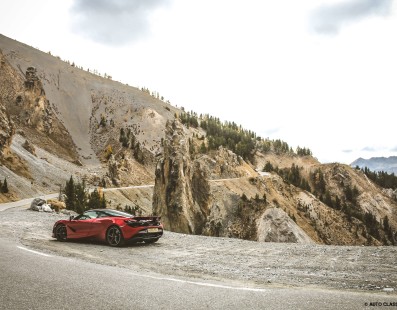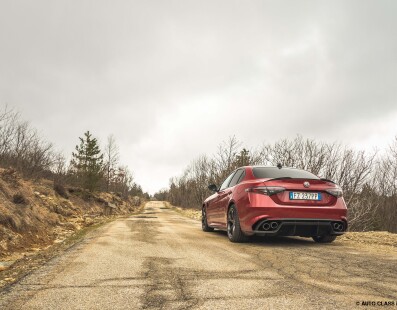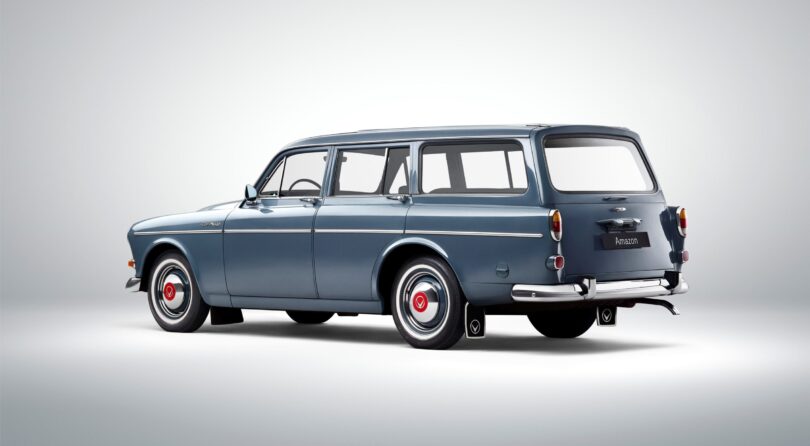
Volvo Amazon: The Warrior from the Great North
Named after the female warriors in Greek mythology, it is still one of the most iconic models in Volvo’s history. Volvo’s new four-door model was revealed in the first weekend of September in 1956. It had its première in the Swedish town of Örebro, with the elegant car differing greatly from the common perception of what a Volvo should look like.
The shapes were beautiful and challenging, with features drawn from Italian, British and American design. The man responsible for the design was 26-year-old Jan Wilsgaard, who went on to become Volvo’s head of design for many years, designing the 140, 240 and 700 series, as well as parts of the 800 series. The new car was the company’s second postwar model, following on from the PV444, and had been named Amason – spelled with an ‘s’. The name came from Greek mythology, in which the Amazons were female warriors. The spelling was changed to the more internationally viable Amazon prior to the launch of production in 1957. Unfortunately, the German moped and motorcycle manufacturer Kreidler also happened to launch a moped called Amazone at the same time, which meant the name was unavailable in a number of key markets.
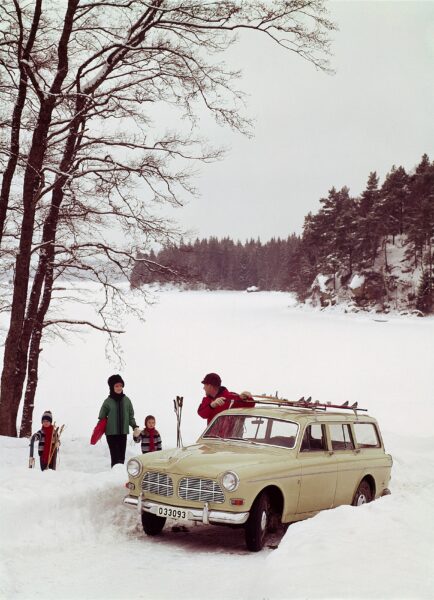
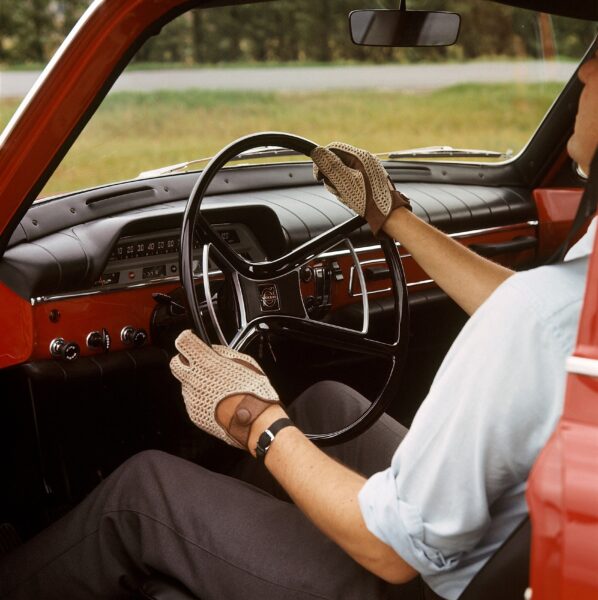
A deal was reached to allow the Volvo model to be known as Amazon in the Nordic markets. In the rest of the world, the standard model was known as 121, while 122 was used for the sport model. The estate model with a standard engine was called 221, while 222 was used for estates with the sport engine. However, the car is now known as Amazon around the world.
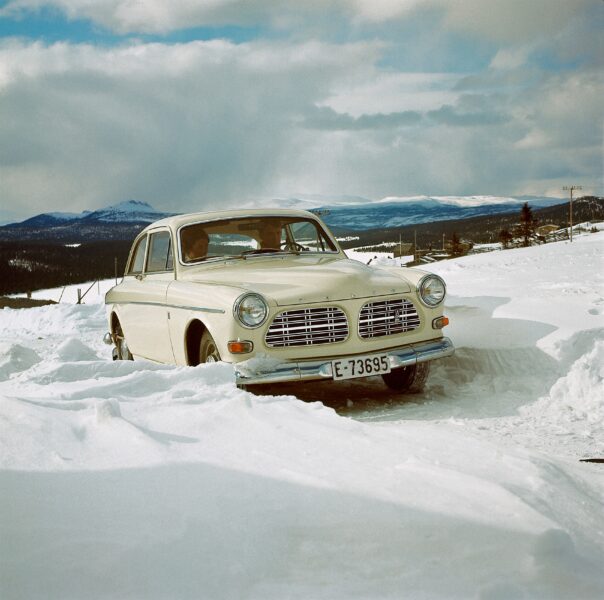
The first few years of Amazons were incredibly elegant. Between 1957 and 1959, all cars were two-coloured. The combinations on offer were black, midnight blue or ruby red bodies with a light grey roof, or a light grey body with a black roof. From 1959, it became possible to buy an Amazon in just one colour, and 1961 was the final year of production of the two-coloured cars.
The 1958 Amazon Sport was developed for customers who wanted more power. With twin SU carburettors and a sharper camshaft, the engine could generate 85 hp SAE.
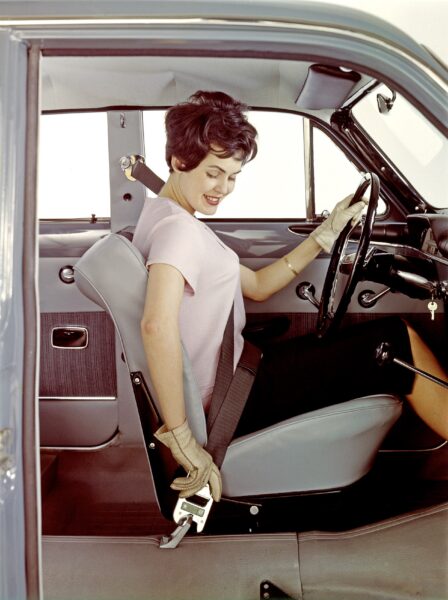
In 1959, Volvo’s patented three-point seatbelt became a standard feature in the Amazon – a world first. No other single safety feature has been anywhere near as significant. It is estimated that at least one million lives have been saved by the three-point seatbelt over the course of its 57-year lifetime.
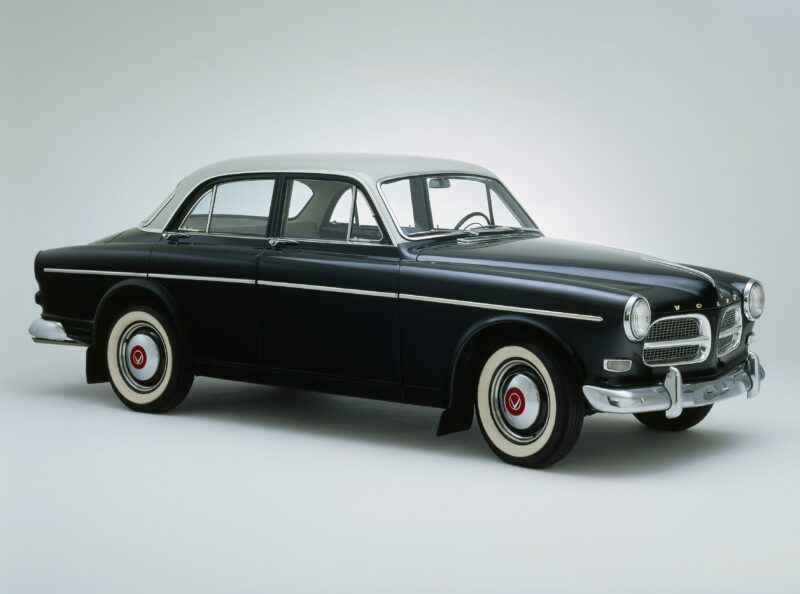
February 1962 marked the introduction of the estate edition of the Amazon. The difference between this car and the Duett van was substantial. The Amazon estate was an elegant car with an American-inspired boot door that was split horizontally.
The sportiest edition of the Amazon was the 123 GT, which borrowed its engine from the 1800S sports car. The 123 GT was launched as a 1967 model, offering 115 hp and overdrive. The wing mirrors were attached to the front fenders, extra lights came as standard and a tachometer was mounted above the dashboard.
Product development on the Amazon continued despite the introduction of the 140 series in 1966. Both the Amazon and the 140 series received the new B20 engine for their respective 1969 models. The larger volume provided better torque and a slight increase in power.
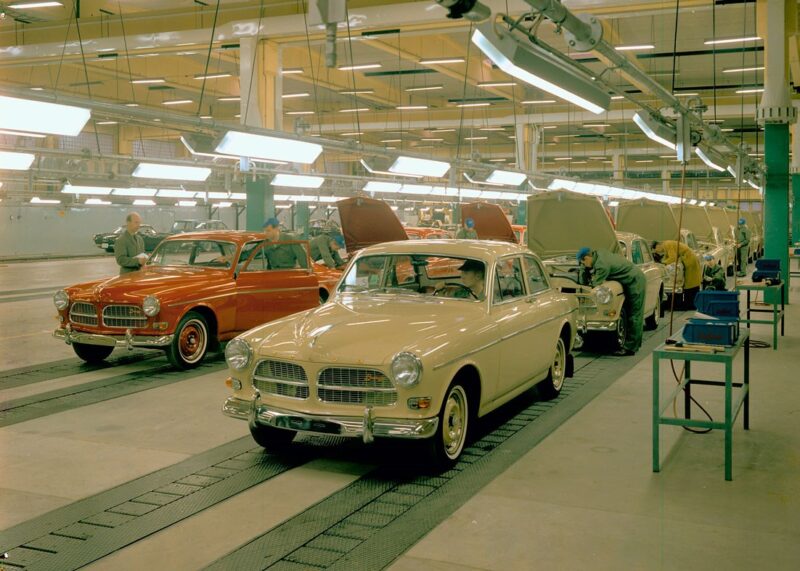
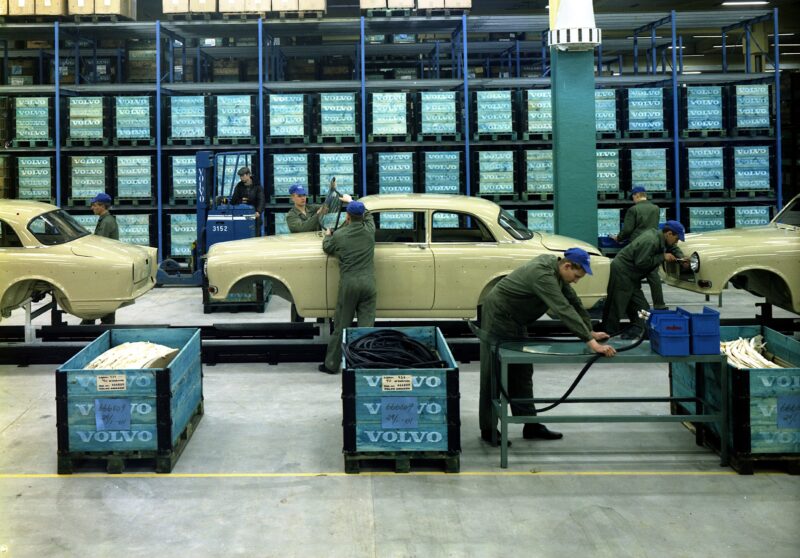
A total of 667,791 Amazons were built between 1956 and 1970, making it Volvo’s most manufactured model at that time. The Amazon switched Volvo’s focus from the domestic market to the export market – a total of 60 per cent of Amazon’s manufactured were sold outside of Sweden.
On 3 July 1970, the final Amazon was built at Torslanda. It was dark blue and was driven straight into the collection of cars that later became the Volvo Museum.
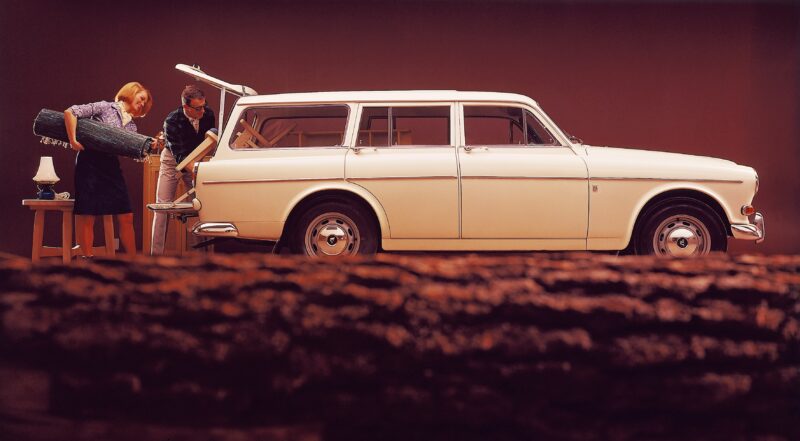
Words and Photos by Volvo Cars

